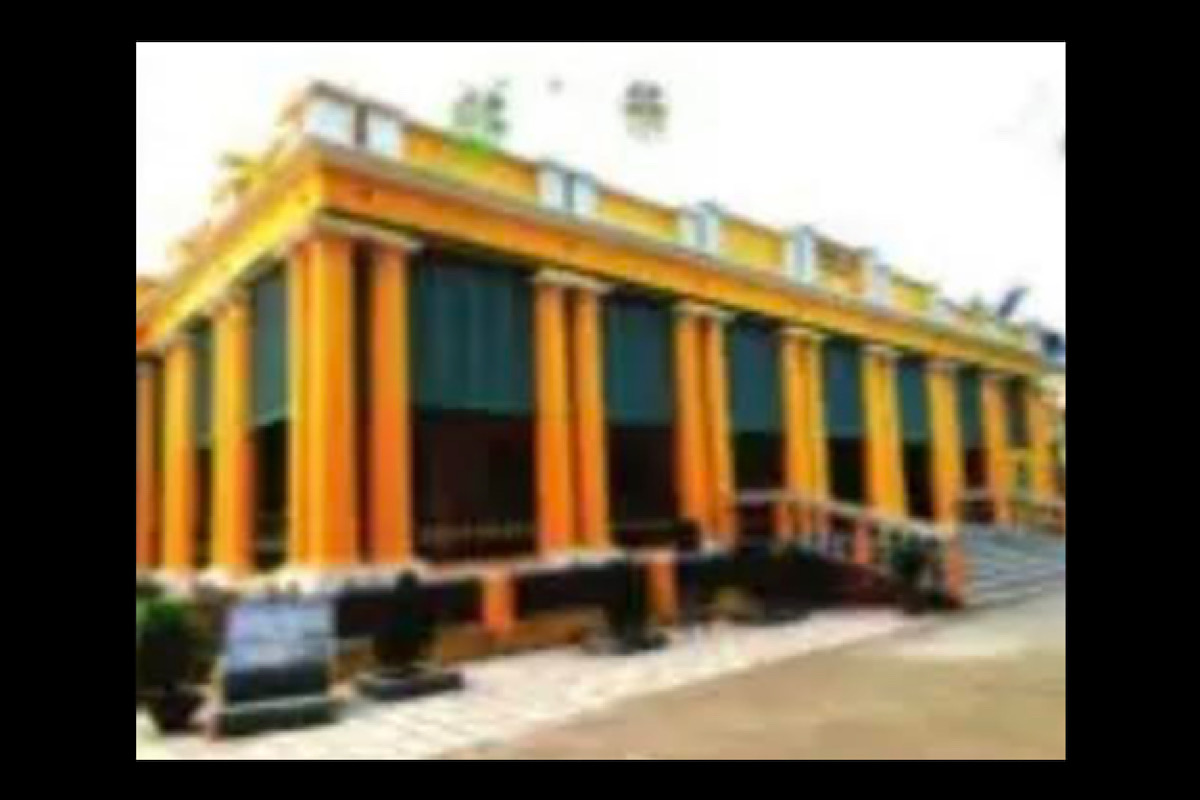A museum to highlight the freedom movement in India and the role of Chandannagar in it will be set up inside Chandannagar College, said Debashis Sarkar, principal of the college.
Chandannagar College is the country’s only educational institution that had remained closed from 1908-31 in view of the revolutionary activities.
Though it was a French colony that became a part of India in 1950, the college had to remain closed due to the pressure put by the British government. There are 18 revolutionaries, who were either born in the city or took shelter or spent most of their years in Chandannagar for their revolutionary activities.
Advertisement
The museum will be set up in a building set up by the French, 200 years ago. The West Bengal Heritage Commission declared the building as a heritage building and the state public works department thoroughly repaired the structure, said Mr Sarkar, who took the initiative to set up the museum.
Once the museum is set up, it will be the only educational institution in the country that will have a freedom movement museum. Sri Aurobindo left Kolkata and stayed in Chandannagar from where he left for Pondicherry (now Puducherry) where he stayed till the last.
Rashbehari Bose had left for Japan and set up the Indian National Army (INA). He later made Netaji as the commander-in-chief of INA. Bose was born in Chandannagar.
A statue of Bose will be kept at the museum. The other revolutionaries were Motilal Roy, in whose house Sri Aurobindo stayed for quite some time. Then there was Charu Chandra Roy. Kanailal Dutta, who was hanged for killing Narendra Goswami, had become an approver in the Alipore bomb case.
The others were Shreesh Chandra Ghosh, Basanta Kumar Bandyopadhyay, Narendranath Bandyopadhyay, Upendranath Bandyopadhyay, Suneeti Ghosh, Tinkori Mukhopadhyay, Suhasini Ganguly, Makhanlal Ghosal, Jyotish Chandra Ghosh, Heerandra Kumar Chattopadhyay, Deenesh Chandra Majumdar and Kaleecharan Ghosh.
The British government had set up the sedition committee, under Justice Rowlatt to find out why educated Bengali youths had joined the revolutionary movement. In the report, the names of several revolutionaries who had either born or took shelter in Chandannagar have been mentioned. Mr Sarkar said the college has set up a Centre for Heritage Studies.
The Centre will look after the museum that will highlight the history and cultural heritage of the region which is often called mini-Europe as well as various other aspects of indigenous literary and cultural history.
The centre will conduct a survey of the important historical and archaeological monuments. It has also offered a certificate course on heritage studies. Mr Sarkar maintained that all old furniture that had been dumped in the college have been repaired and are being used.
The podium in the auditorium is nearly 200-year-old. The repairing of the building is underway, he pointed out.









